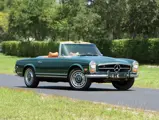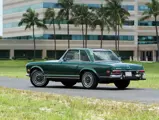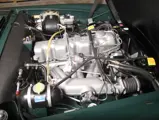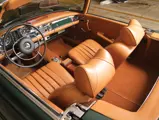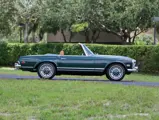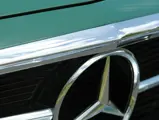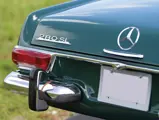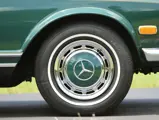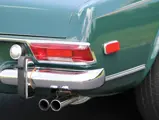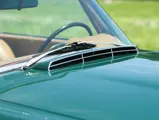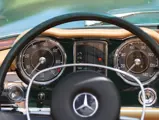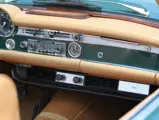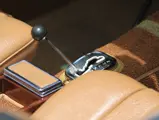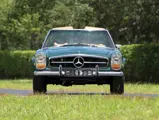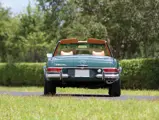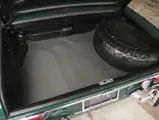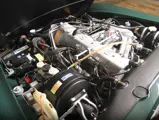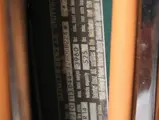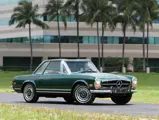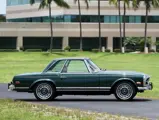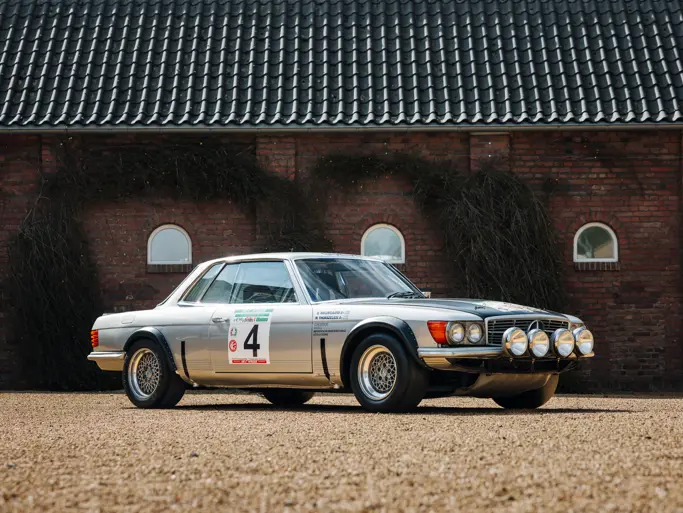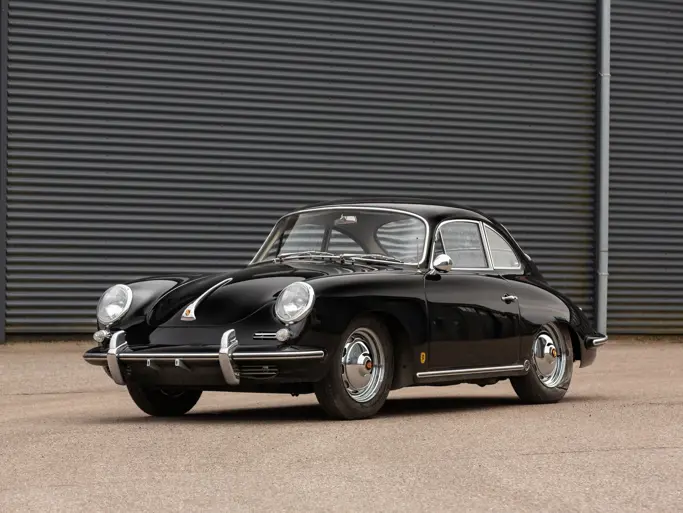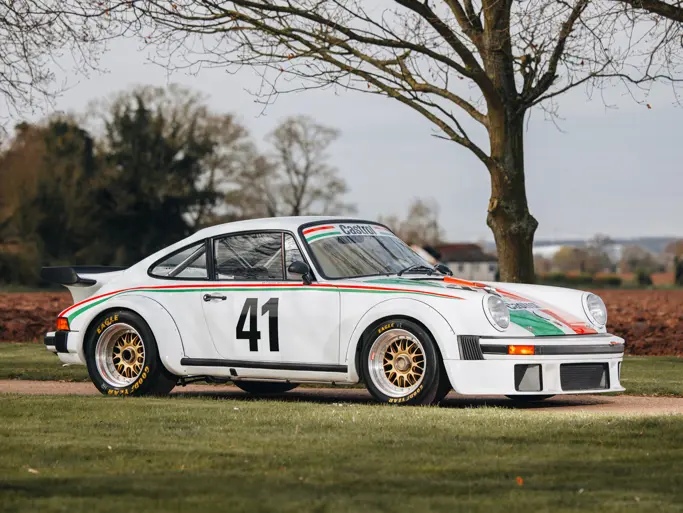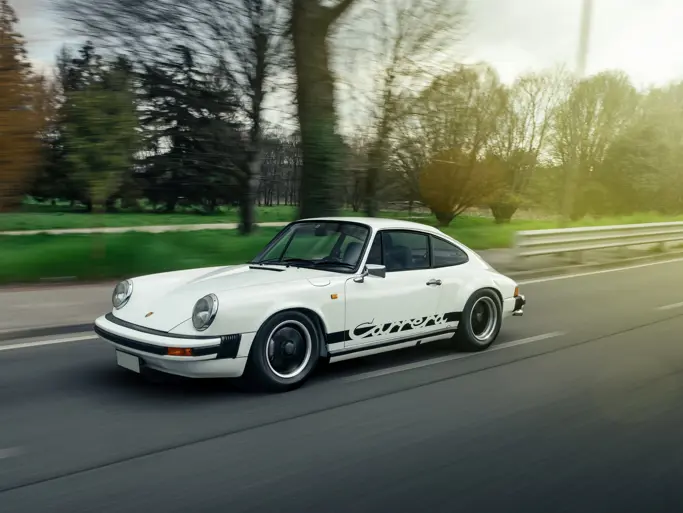St. John's 2013
1969 Mercedes-Benz 280SL
{{lr.item.text}}
$77,000 USD | Sold
 | Plymouth, Michigan
| Plymouth, Michigan
{{internetCurrentBid}}
{{internetTimeLeft}}

- Freshly repainted in the original 268 Dark Green
- Both convertible top and removable hardtop included
- Equipped with air conditioning and factory Becker AM-FM Stereo radio
180 hp, 2,778 cc inline six-cylinder with Bosch mechanical fuel injection, four-speed automatic transmission, independent front suspension with twin transverse wishbones, coil springs, and anti-roll bar, single-joint low-pivot swing-axle rear suspension with coil springs and compensating springs, gas-filled telescopic shock absorbers, and four-wheel hydraulic disc brakes. Wheelbase: 94.4 in.
Codenamed W113, the encore to the Mercedes-Benz 190SL and 300SL was first introduced at the 1963 Frankfurt Auto Show as the 230SL. As neither the hairy-chested beast exemplified by the 300SL or the boulevard tourer of the 190SL, the new 230SL placed more of an emphasis on safety and comfort. The four-cylinder power of the 190 was gone; all models were fitted with a Bosch, fuel-injected, 2,281-cubic centimeter six-cylinder producing 150 horsepower. It had the added distinction of the first Mercedes-Benz automobile to be fitted with an alternator as standard equipment. Off-the-shelf components included independent front and rear suspension and servo-assisted front disc and rear drum brakes, which helped to keep development and production costs within reason.
Perhaps most appealing about the car was its unique styling. Clearly linked to earlier Stuttgart designs, it featured the broad front grille of the 300SL, albeit in a squared-up shape. As with its predecessors, it was available as a roadster, roadster/coupe, or pure coupe. Most distinctive was its roofline, the so called “pagoda roof,” designed by Paul Bracq and Bela Barenyi. The upright roofline contained lots of glass area, with raised sides and a lower center panel instead of curving conventionally upwards toward the middle, à la a Japanese pagoda.
Production of 230SLs continued until the uprated 250SL made its debut at the 1967 Geneva show. Though horsepower ratings remained the same, the new 2,496-cubic centimeter engine provided more torque for better acceleration. Wheel rims increased from 5.5 to 6 inches, and four-wheel disc brakes became standard. The coupe version was dropped.
As the final version, the 280SL made its public appearance early in 1968. Most notable was the increased engine displacement to 2,778 cubic centimeters, this time with a bump in both torque and horsepower (to 180). Interiors were upgraded, along with a myriad of detail refinements. The final 280SL came off the assembly line in March 1971. A total of 23,885 were produced during the model run, making it the most popular of all the roadsters built to date.
This 280SL has recently been repainted in the correct as-delivered-new color of Dark Green (M-B Code 268). It is believed to be a two-owner car, and, as such, its original M-B Tex interior in Cognac shows minimal signs of wear. Two tops are included, the matching body-color hardtop and the convertible top in tan, both of which are in excellent condition. It is fitted with the Becker AM-FM Stereo radio with which it was first built. Though not originally delivered with air conditioning, a correct Mercedes-Benz air conditioning system has been installed, which is a plus in any warmer climate.
Interior wood has been refinished, the wheel covers were properly painted to match the exterior, and all chrome has been re-done. It benefits from new seals and gaskets, and both the chassis and engine have been nicely detailed. Equipped with power steering and brakes, as well as an automatic transmission, this makes for a perfect boulevard cruiser.

